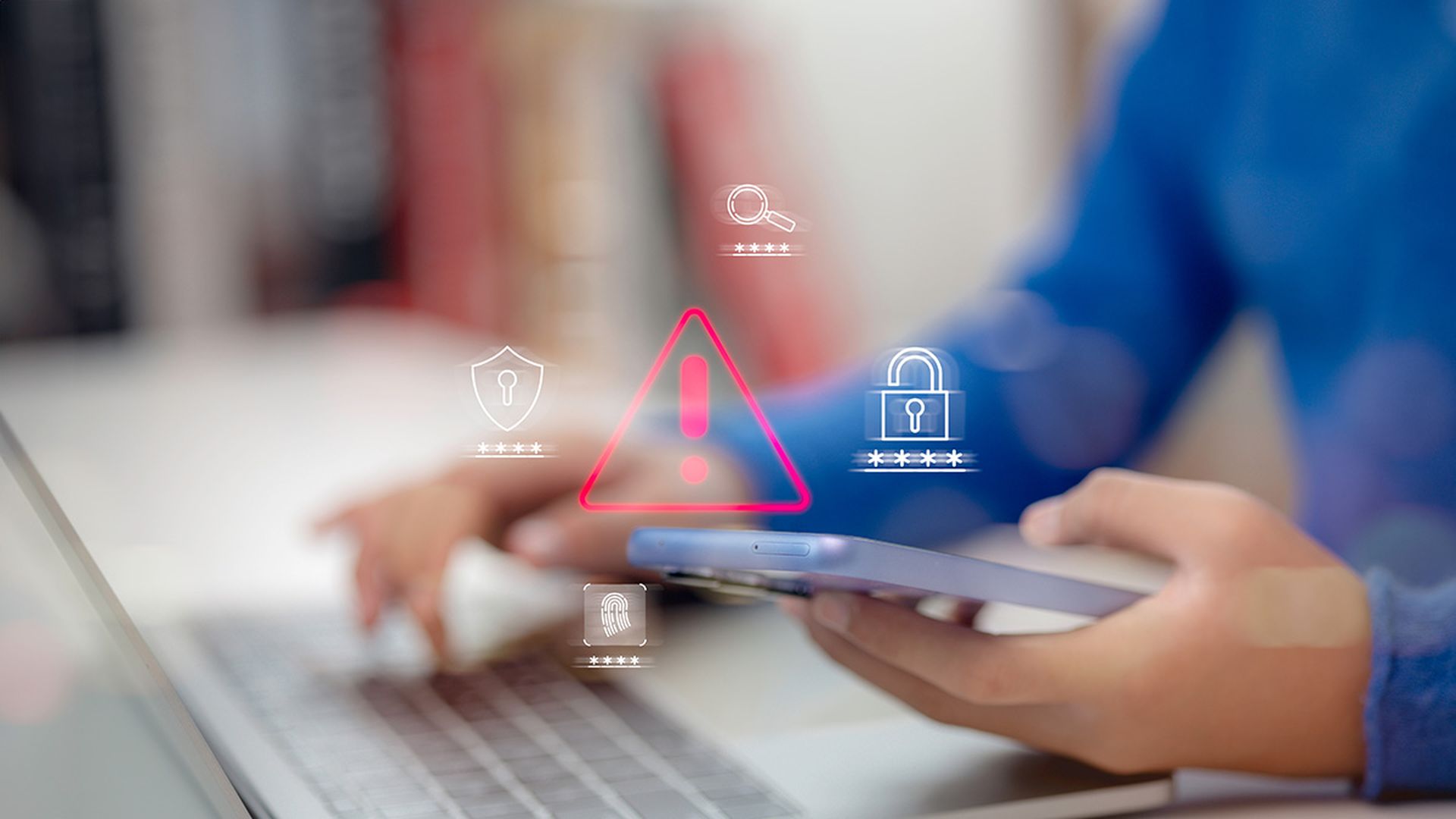Organizations today rely heavily on a complex network of interconnected hardware and software assets. From desktops and mobile devices to critical applications and network infrastructure, these assets store sensitive data, support vital functions, and ultimately contribute to an organization’s success. Effectively managing and protecting these assets requires a clear understanding of what you and your clients have and how critical it is, which starts with detailed inventorying.
The Importance of IT Asset Inventories
- Enhanced Security: A detailed inventory of IT assets helps add structure to vulnerability scanning and patching, and minimizes blind spots. Only if you know exactly what hardware and software assets exist on your clients’ networks can you determine if they are running outdated versions, have known security flaws, or lack proper configuration settings. Early identification allows for timely patching, updates, and mitigation strategies, reducing the risk of cyberattacks and data breaches.
- Meeting Compliance: Many security regulations require organizations to maintain accurate inventories of their IT assets. These regulations may pertain to data privacy, cybersecurity, or industry-specific requirements. Having a comprehensive inventory demonstrates compliance and helps avoid legal and financial penalties.
- Streamlined Operations and Cost Optimization: Knowing what hardware and software you have and how it’s used allows you to make informed decisions about resource allocation and optimization. By classifying assets based on criticality you can prioritize risk mitigation efforts and allocate a greater share of resources to protect critical devices, data and apps. You can also identify underutilized assets, eliminate unnecessary software licenses, and plan upgrades more effectively, leading to cost savings and streamlined operations.
- Effective IT Asset Management: Inventory serves as the foundation for effective IT asset management (ITAM) practices. ITAM allows you to track the lifecycle of your assets from acquisition to disposal, ensuring optimal utilization, maintenance, and ultimately, a responsible end-of-life process.
How to Build a Comprehensive Inventory
- Scope Definition: Determine the types of assets to be included in your inventory, such as servers, desktops, laptops, mobile devices, operating systems, applications, and network equipment.
- Data Collection: Use a combination of automated tools and manual processes to gather and record detailed information about each asset, including model, serial number, location, owner, software installed, security configurations, and maintenance status.
- Data Validation and Cleansing: Ensure the accuracy and completeness of your inventory data through regular checks and updates.
- Inventory Maintenance: Establish a process for updating your inventory regularly to reflect changes in your asset landscape, such as new acquisitions, software installations, and asset retirements.
- Integration with IT Management Systems: Consider integrating your inventory data with other IT management systems for enhanced visibility and control.
Asset Prioritization for Effective Risk Reduction
Asset prioritization is critical to effective cyber risk reduction. Because of the sheer complexity of today’s extended digital environments, IT and security teams cannot protect everything. This means you need to strategically allocate your security efforts to maximize protection against the most significant risks. And you can only do this if you know which assets are important from a security perspective.
Think of it as a risk triage system for your IT assets. Instead of spreading defenses evenly, prioritization helps you identify your most critical assets – those containing sensitive data, supporting essential functions, or facing higher compliance requirements. By understanding their relative importance, you can:
- Focus on High-Value Targets: Not all assets are created equal. Prioritization helps you pinpoint the gems in your IT landscape – the assets with the potential to incur the most damage if compromised. By focusing your strongest security measures on these critical assets, you maximize your cybersecurity return on investment.
- Optimize Resource Allocation: Security budgets and personnel are finite. Prioritization empowers you to align your investments with risk levels. This means allocating more resources to securing high-risk assets while potentially streamlining controls for lower-risk ones, leading to overall cost optimization.
- Make Data-Driven Decisions: Effective prioritization isn’t guesswork. It’s based on a systematic analysis of objective factors like asset value, potential breach impact, vulnerability levels, and compliance requirements. This data-driven approach ensures your security decisions are strategic and aligned with your own and your client organizations’ risk profiles.
- Strengthen Risk Management: Integrating asset prioritization into your broader risk management framework allows you to proactively identify and address the most critical threats. By understanding the potential consequences of an attack on each asset, you can develop targeted mitigation strategies and allocate resources efficiently.
- Support Compliance: Many regulations require organizations to prioritize their IT assets based on risk. Following a defined and documented prioritization methodology demonstrates compliance with these regulations and helps avoid potential penalties.
How to Prioritize IT Assets
Several factors contribute to an effective prioritization process:
- Classification: Categorize assets based on their business-criticality, data sensitivity, and regulatory requirements.
- Criticality: Assess the potential impact of a compromise on each asset, considering financial losses, reputational damage, and operational disruptions.
- Vulnerability: Identify existing vulnerabilities and known threats targeting specific asset types.
- Resource Requirements: Evaluate the effort and resources needed to secure each asset.
By systematically evaluating these factors, you can help establish a data-driven prioritization approach for your clients that guides their cybersecurity investments and strengthens their overall cybersecurity posture.
Conclusion
Maintaining detailed inventories of hardware and software assets is a crucial step towards building a secure and efficient IT environment that adheres to both security best practices and compliance requirements. By helping your clients discover and understand their IT assets, you empower them to proactively manage risks, optimize resources, and ultimately protect their valuable data and operations.
About CYRISMA
CYRISMA combines essential cyber risk management and compliance features in a single, easy-to-use and affordably priced SaaS platform designed for MSPs and MSSPs. Network discovery is one of the many features included in the platform. To learn more about the feature-set, watch a short demo here.




